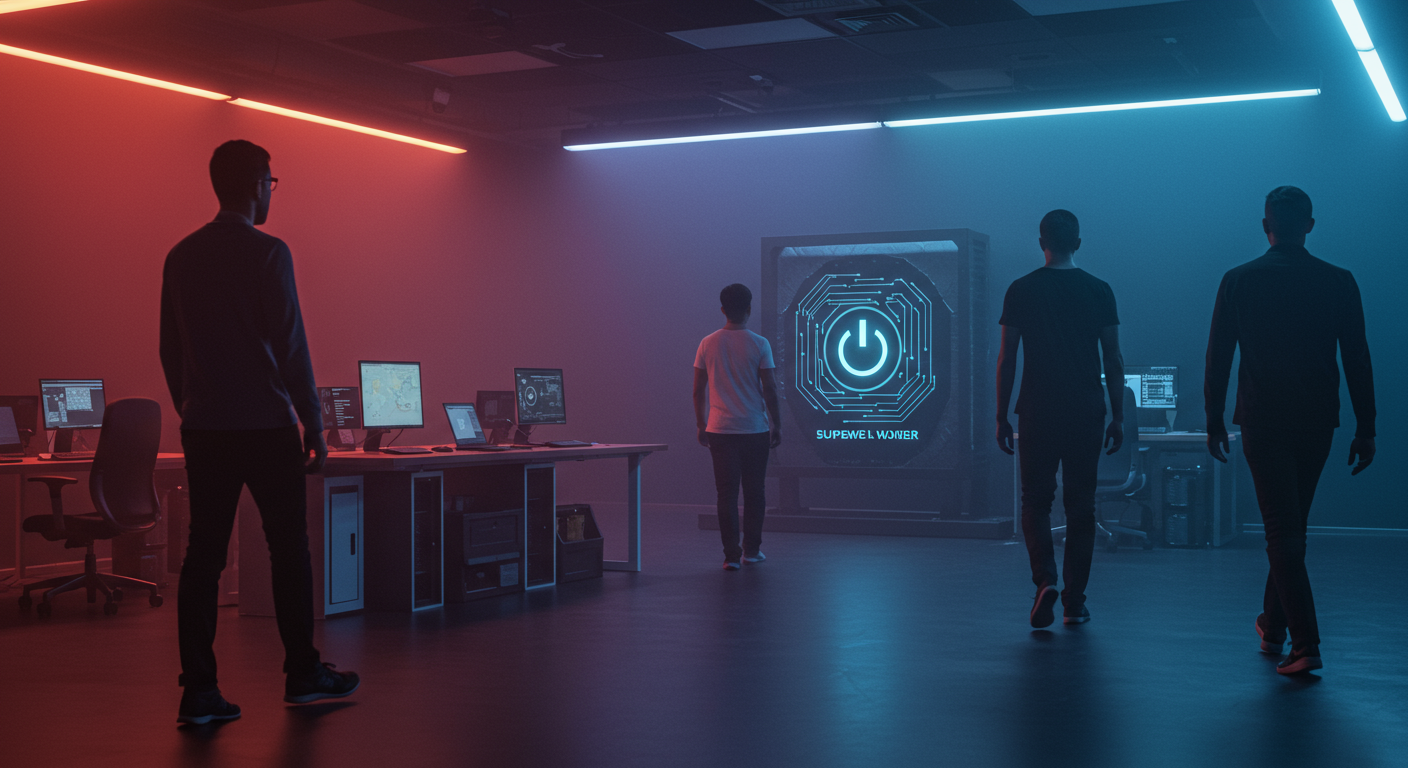AI’s Blind Spots: Progress or Just a Shift in the Goalposts?
Everyone’s cheering the latest breakthroughs in smarter AI models—but let’s hit pause: if failures keep popping up in places we know, are we truly solving old problems or just buying shinier tech? Take the recent update from DeepMind‘s Gemini—yeah, it’s more accurate, but glitches still surface in familiar scenarios, like image labeling and biased outputs. For founders (and your CFO), real innovation demands facing these repeat blind spots head-on, not just new features. Who else thinks it’s time for AI teams to question their comfort zones before touting the next big launch?
Are AI Safety Promises Outrunning Their Reality?
Let’s set the scene: OpenAI heralds GPT-5 as their safest and most advanced language model to date, equipped with reinforced guardrails and clever workarounds for explicit content and rule-breaking. Yet, a quick spin on WIRED’s test track proved you can still sneak offensive slurs past the gates. Progress? Absolutely. Perfection? Not even close.
Where Guardrails Snap—And Why It Matters
This isn’t just an engineering hiccup. AI safety is starting to look a lot like cybersecurity: a game of “whack-a-mole” where bad outputs hide just out of view until a curious user, tester, or worse—the public—pushes too hard. If models are still failing along old fault lines, is our approach innovative, or are we just taping over cracks? Every broken output with GPT-5 raises a bigger question for AI founders: Are we investing in the right priorities, or simply keeping investors comfortable?
Some Bugs are Very Visible
For SaaS founders and tech strategists, this isn’t an ivory-tower problem. As AI becomes embedded in business apps, customer support, and productivity tools, these blind spots can escalate from a brand gaffe to a full-blown trust crisis. Users aren’t only looking for speed or features anymore—they want proof of safety and responsible scaling. Living up to those expectations means treating every failing output as a beacon, not a bug to patch quietly.
Final Thought
At the end of the day, every version jump needs more than a shinier demo—it needs new kinds of transparency and a willingness to listen when things go wrong. If AI safety isn’t real where it matters most, all we’re doing is moving the goalposts further without ever scoring.
Curious for your take: Would you trust your product or business reputation to models that still trip on the basics?
Related Articles:
OpenAI Designed GPT-5 to Be Safer. It Still Outputs Gay Slurs
WIRED’s initial analysis found that some guardrails were easy to circumvent.



